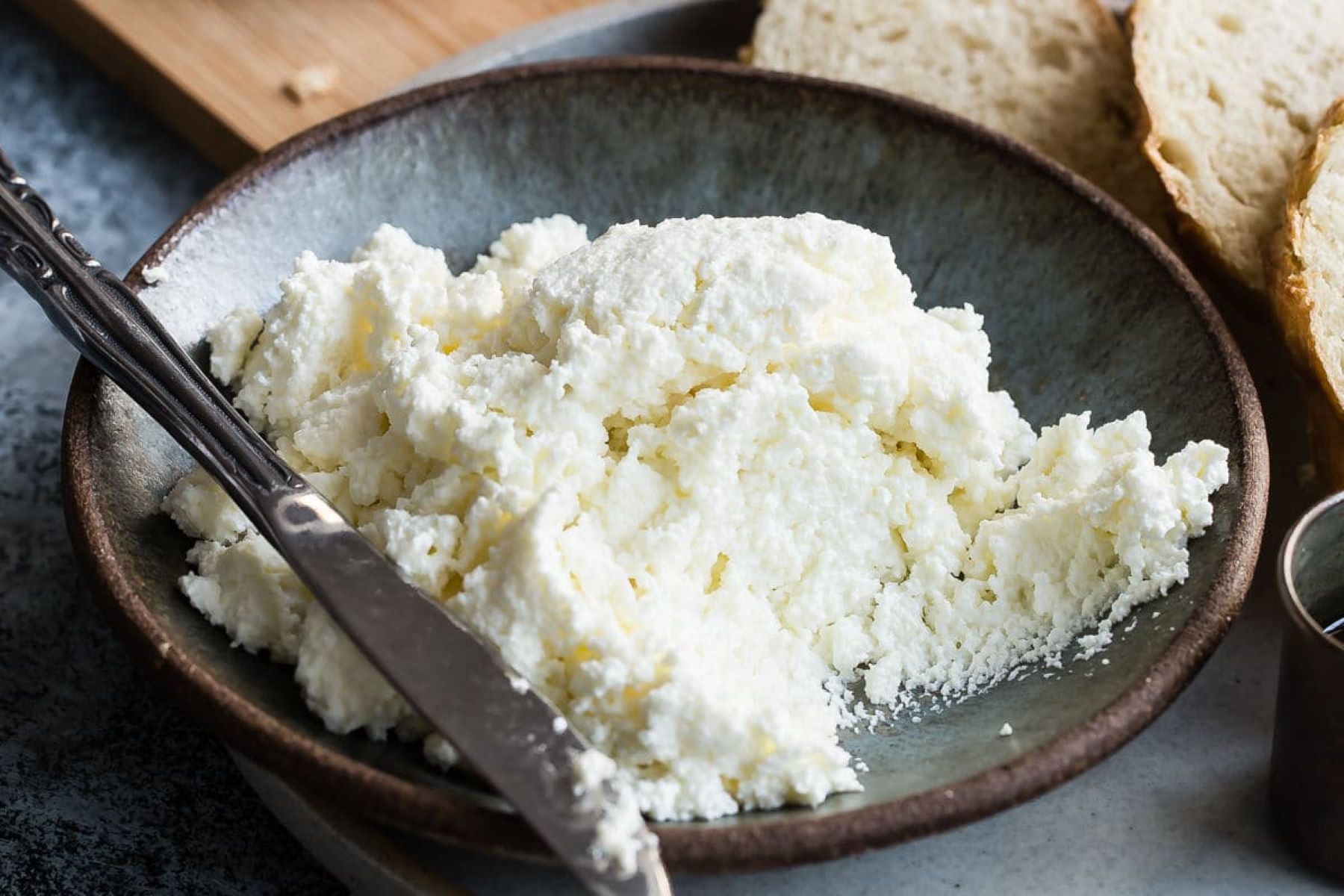

Articles
How To Store Ricotta Cheese
Modified: December 7, 2023
Learn how to properly store ricotta cheese to keep it fresh and prevent spoilage. Follow these tips and guidelines for storing articles.
(Many of the links in this article redirect to a specific reviewed product. Your purchase of these products through affiliate links helps to generate commission for Storables.com, at no extra cost. Learn more)
Introduction
Ricotta cheese is a versatile ingredient that adds a creamy and tangy flavor to various dishes, such as lasagna, cannoli, and salads. However, if not stored properly, ricotta cheese can spoil quickly, leading to waste and potential health risks. Learning how to store ricotta cheese correctly is essential to maintain its freshness, flavor, and quality over time.
In this article, we will explore the benefits of storing ricotta cheese, discuss the proper storage containers, highlight temperature and humidity considerations, provide tips for avoiding cross-contamination, share methods for freezing ricotta cheese, offer tips for maintaining freshness, and discuss how to check for spoilage. By following these guidelines, you can ensure that your ricotta cheese remains delicious and safe to consume.
Key Takeaways:
- Proper storage of ricotta cheese extends its shelf life, maintains freshness, and saves costs, ensuring convenience and versatility in culinary creations.
- Attention to temperature, humidity, and cross-contamination, along with proper sealing and regular checks for spoilage, are essential for preserving ricotta cheese’s quality and safety.
Read more: How To Store Ricotta Cookies
Benefits of Storing Ricotta Cheese
Properly storing ricotta cheese offers several benefits, including:
Extended Shelf Life: When stored correctly, ricotta cheese can last longer without spoiling, allowing you to enjoy it over a more extended period. This is particularly useful if you buy ricotta cheese in bulk or if you enjoy having it on hand for spontaneous cooking and baking.
Freshness: Storing ricotta cheese properly helps maintain its freshness. Fresh ricotta has a creamy texture and a slightly sweet flavor, which enhances the taste of your recipes. By ensuring proper storage, you can preserve the cheese’s freshness and enjoy its delightful qualities in your culinary creations.
Cost Savings: By storing ricotta cheese correctly, you reduce the likelihood of wastage. This can result in cost savings over time, as you won’t need to throw out spoiled cheese and constantly purchase new ones.
Convenience: Having ricotta cheese readily available at home saves time and effort. You won’t have to make last-minute trips to the grocery store or alter your meal plans because you lack this essential ingredient. This convenience allows you to whip up delicious dishes with ease.
Versatility: Ricotta cheese is a versatile ingredient that can be used in sweet and savory recipes. By storing it properly, you can always have ricotta cheese on hand to add to pasta dishes, desserts, dips, spreads, and more.
By recognizing the benefits of storing ricotta cheese, you can take the necessary steps to ensure that it remains fresh and delicious for your culinary endeavors.
Proper Storage Containers
Choosing the right storage containers for ricotta cheese is crucial to maintain its quality and prevent bacterial contamination. Here are some recommendations for proper storage containers:
- Airtight Containers: Opt for airtight containers made of food-grade materials, such as glass or BPA-free plastic. These containers help seal in the freshness of the ricotta cheese and prevent any unwanted odors or flavors from permeating.
- Small Individual Portions: If you often use ricotta cheese in small quantities, consider using smaller individual portion containers. This ensures that you can access a fresh portion of cheese without exposing the entire batch to air and possible contamination.
When storing ricotta cheese, it is crucial to transfer it into a suitable container as soon as possible after opening the original packaging. Leaving ricotta cheese exposed to air for extended periods can lead to spoilage and deterioration in quality.
Additionally, label your storage containers with the date of purchase or the expiration date of the ricotta cheese. This helps you keep track of its freshness and avoid consuming cheese that has passed its prime.
By using proper storage containers, you can maintain the quality and freshness of ricotta cheese for an extended period, ensuring its usability for various dishes.
Temperature and Humidity Considerations
Controlling the temperature and humidity is crucial when storing ricotta cheese to preserve its freshness and prevent bacterial growth. Here are some temperature and humidity considerations to keep in mind:
- Refrigeration: Ricotta cheese should be refrigerated at all times. The ideal temperature for storing ricotta cheese is between 34°F (1°C) and 39°F (4°C). This range ensures that the ricotta cheese remains cool enough to inhibit bacterial growth but not too cold to affect its texture.
- Avoid Excessive Humidity: High levels of humidity can cause moisture buildup, leading to mold growth and deterioration of the cheese. Store ricotta cheese away from sources of excess moisture, such as open containers of water or vegetables with high water content.
- Avoid Temperature Fluctuations: Fluctuations in temperature can negatively impact the texture and flavor of ricotta cheese. Ensure that the refrigerator maintains a consistent temperature to minimize temperature variations.
It is essential to keep ricotta cheese away from areas in the refrigerator that experience temperature fluctuations, such as the door or the back of the fridge near the cooling element. Instead, store it in the middle sections, where the temperature remains more consistent.
If you plan to store ricotta cheese for an extended period, keep in mind that the texture and quality may gradually decline over time. Therefore, it is advisable to consume ricotta cheese within a few weeks for optimal freshness.
By considering temperature and humidity factors and storing ricotta cheese in a controlled environment, you can extend its shelf life and maintain its quality for longer periods.
Avoiding Cross-Contamination
Cross-contamination can occur when bacteria or other harmful microorganisms from one food item spread to another, potentially causing foodborne illnesses. To prevent cross-contamination when storing ricotta cheese, follow these guidelines:
- Separate Storage: Keep ricotta cheese stored separately from raw meats, poultry, and seafood. These raw food items can carry bacteria that can contaminate the cheese if they come into contact.
- Use Sealable Bags or Containers: When storing ricotta cheese alongside other ingredients in the refrigerator, use sealable bags or containers to create a physical barrier. This helps prevent any potential cross-contamination from occurring.
- Clean and Sanitize: Regularly clean and sanitize your storage containers or bags to prevent the buildup of bacteria. Wash the containers with warm, soapy water, rinse thoroughly, and allow them to dry completely before reusing.
- Practice Good Food Handling Procedures: When handling ricotta cheese, wash your hands thoroughly with soap and water before and after touching any food items to prevent the transfer of bacteria.
Remember to always follow proper food safety practices when storing and handling ricotta cheese. By taking these precautions, you can reduce the risk of cross-contamination and keep your cheese safe for consumption.
Store ricotta cheese in an airtight container in the refrigerator. It should be consumed within 5-7 days of opening. Avoid freezing as it can change the texture.
Read more: How To Store Italian Ricotta Cookies
Freezing Ricotta Cheese
Freezing ricotta cheese can be a convenient option if you have excess or want to extend its shelf life. However, it’s important to note that freezing may affect the texture of the cheese. Here are steps to properly freeze ricotta cheese:
- Transfer to Freezer-safe Containers: Place the ricotta cheese in freezer-safe containers or resealable bags. Make sure to remove as much air as possible to prevent freezer burn.
- Label and Date: Label the containers with the date of freezing to keep track of its freshness. Ricotta cheese can be frozen for up to three months.
- Thawing: When ready to use the frozen ricotta cheese, transfer it to the refrigerator and allow it to thaw slowly overnight. Avoid thawing ricotta cheese at room temperature to prevent bacterial growth.
- Stir before Use: After thawing, you may notice some separation or liquid in the ricotta cheese. Give it a gentle stir to incorporate the moisture back into the cheese before using it in recipes.
Keep in mind that freezing ricotta cheese may alter its texture, making it slightly grainy or drier upon thawing. While it may not be ideal for consuming the cheese as is, it can still be used in cooked dishes like lasagna, stuffed shells, or baked casseroles, where the texture change will be less noticeable.
It’s important to note that freezing and thawing ricotta cheese can lead to some changes in its quality. Therefore, it’s recommended to use frozen ricotta cheese within a reasonable time frame and avoid refreezing previously thawed cheese.
By following these steps, you can safely freeze ricotta cheese and make the most of your excess or extend its shelf life.
Tips for Maintaining Freshness
To keep your ricotta cheese fresh and flavorful for as long as possible, consider the following tips:
- Proper Sealing: Ensure that the storage containers or bags are tightly sealed to prevent air and moisture from entering. This helps maintain the texture and flavor of the ricotta cheese.
- Store in the Coldest Part of the Refrigerator: Place the ricotta cheese in the coldest section of the refrigerator, typically the middle shelves. This area has a more consistent temperature, which helps maintain freshness.
- Keep Away from Strong Odors: Ricotta cheese easily absorbs odors from other strong-smelling foods. Store it away from pungent items like onions, garlic, and heavily spiced dishes to prevent flavor transfer.
- Consume Opened Ricotta Cheese Promptly: Once you open a container of ricotta cheese, aim to use it within a week for optimal freshness. The longer it sits open, the more susceptible it becomes to bacteria growth and flavor deterioration.
- Avoid Scooping with Fingers or Contaminated Utensils: Always use a clean utensil or spoon to scoop ricotta cheese from its container. Avoid using your fingers or utensils that may have come into contact with other food items.
- Regularly Check for Mold or Spoilage: Periodically inspect the ricotta cheese for any signs of mold or spoilage. If you notice any discoloration, unusual texture, or foul smell, discard the cheese to avoid foodborne illnesses.
By following these tips, you can help maintain the freshness and quality of your ricotta cheese, ensuring it remains delicious for your culinary creations.
Checking for Spoilage
It’s important to regularly check ricotta cheese for any signs of spoilage to ensure its safety and quality. Here’s how to check for spoilage:
- Inspect the Appearance: Check for any visible signs of mold growth, discoloration, or off-putting colors. Fresh ricotta cheese should have a creamy white color, and any deviations may indicate spoilage.
- Check the Smell: Give the ricotta cheese a sniff. Fresh ricotta cheese should have a mild, slightly sweet aroma. If you detect a sour, unpleasant, or rancid smell, it’s a clear sign of spoilage.
- Examine the Texture: Ricotta cheese should have a smooth, creamy, and slightly grainy texture. If you notice any sliminess, excessive watery liquid, or a grainy texture that is off-putting, it may indicate spoilage.
If you observe any of these signs, it’s essential to discard the ricotta cheese immediately. Consuming spoiled cheese can lead to foodborne illnesses, so it’s better to be safe than sorry.
Remember that this guide serves as a general reference, and some variations may occur depending on the specific brand or type of ricotta cheese. Always refer to the manufacturer’s guidelines and use your judgment when determining if the ricotta cheese is still safe to consume.
By regularly checking for spoilage and promptly discarding any affected ricotta cheese, you can ensure the safety of your meals and enjoy fresh, delicious cheese.
Conclusion
Learning how to properly store ricotta cheese is essential for preserving its freshness, flavor, and quality. By following the guidelines outlined in this article, you can maximize the shelf life of ricotta cheese and avoid unnecessary waste.
Proper storage containers, such as airtight and individual portion containers, help maintain the ricotta cheese’s freshness and prevent cross-contamination. Paying attention to temperature and humidity considerations, such as refrigeration and avoiding excessive humidity, further extends the cheese’s shelf life.
When necessary, freezing ricotta cheese can be a convenient option, but it’s important to note that the texture may change upon thawing. Maintaining freshness also involves proper sealing, storing in the coldest part of the refrigerator, and preventing exposure to strong odors.
To ensure the safety of ricotta cheese, regularly check for spoilage by inspecting the appearance, smell, and texture. If any signs of spoilage are present, it’s crucial to discard the cheese to avoid foodborne illnesses.
By following these guidelines and incorporating them into your ricotta cheese storage routine, you can enjoy the benefits of extended shelf life, freshness, cost savings, convenience, and versatility that ricotta cheese offers.
So, the next time you stock up on ricotta cheese, remember to store it properly to make the most of this delicious ingredient in your culinary creations.
Frequently Asked Questions about How To Store Ricotta Cheese
Was this page helpful?
At Storables.com, we guarantee accurate and reliable information. Our content, validated by Expert Board Contributors, is crafted following stringent Editorial Policies. We're committed to providing you with well-researched, expert-backed insights for all your informational needs.
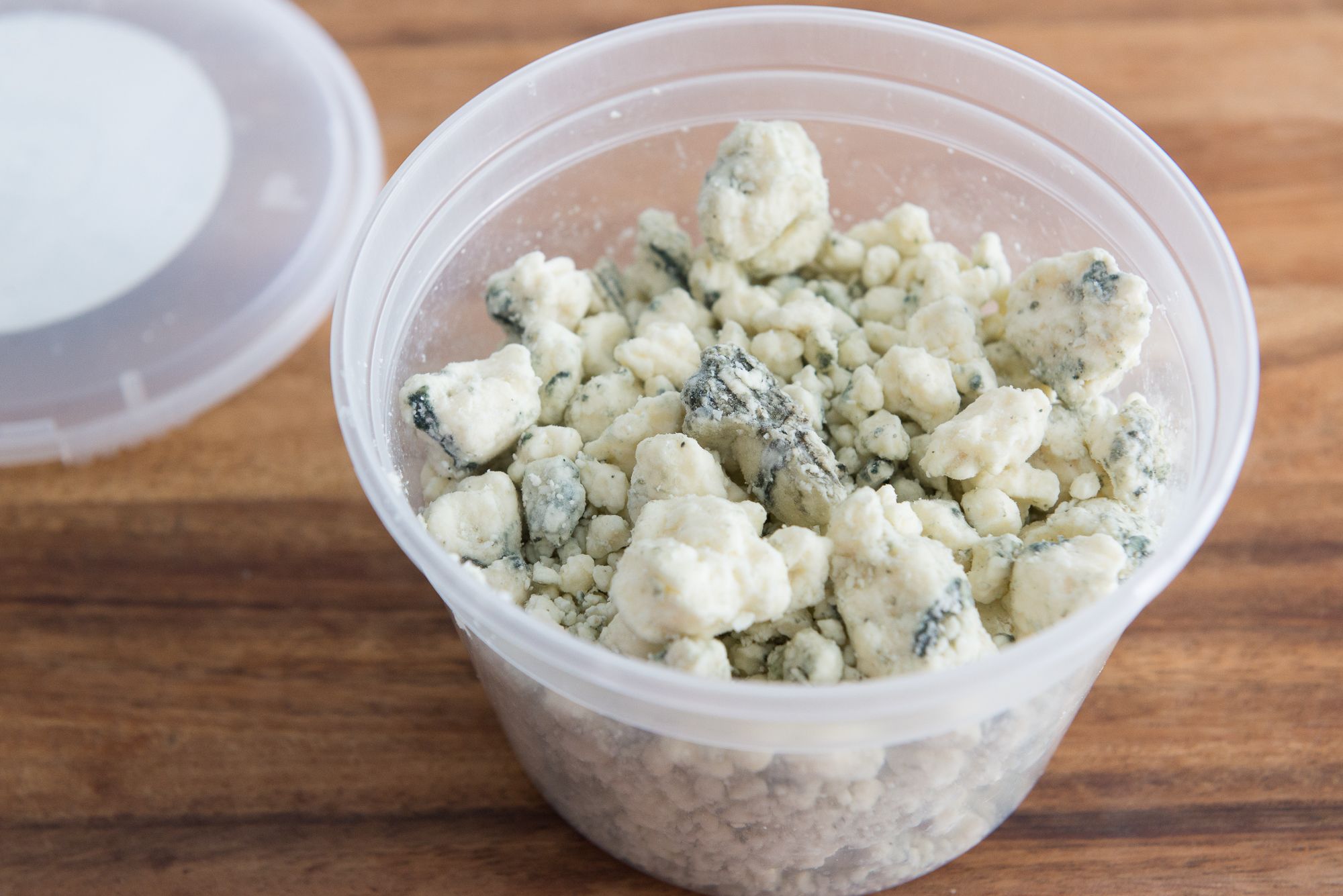





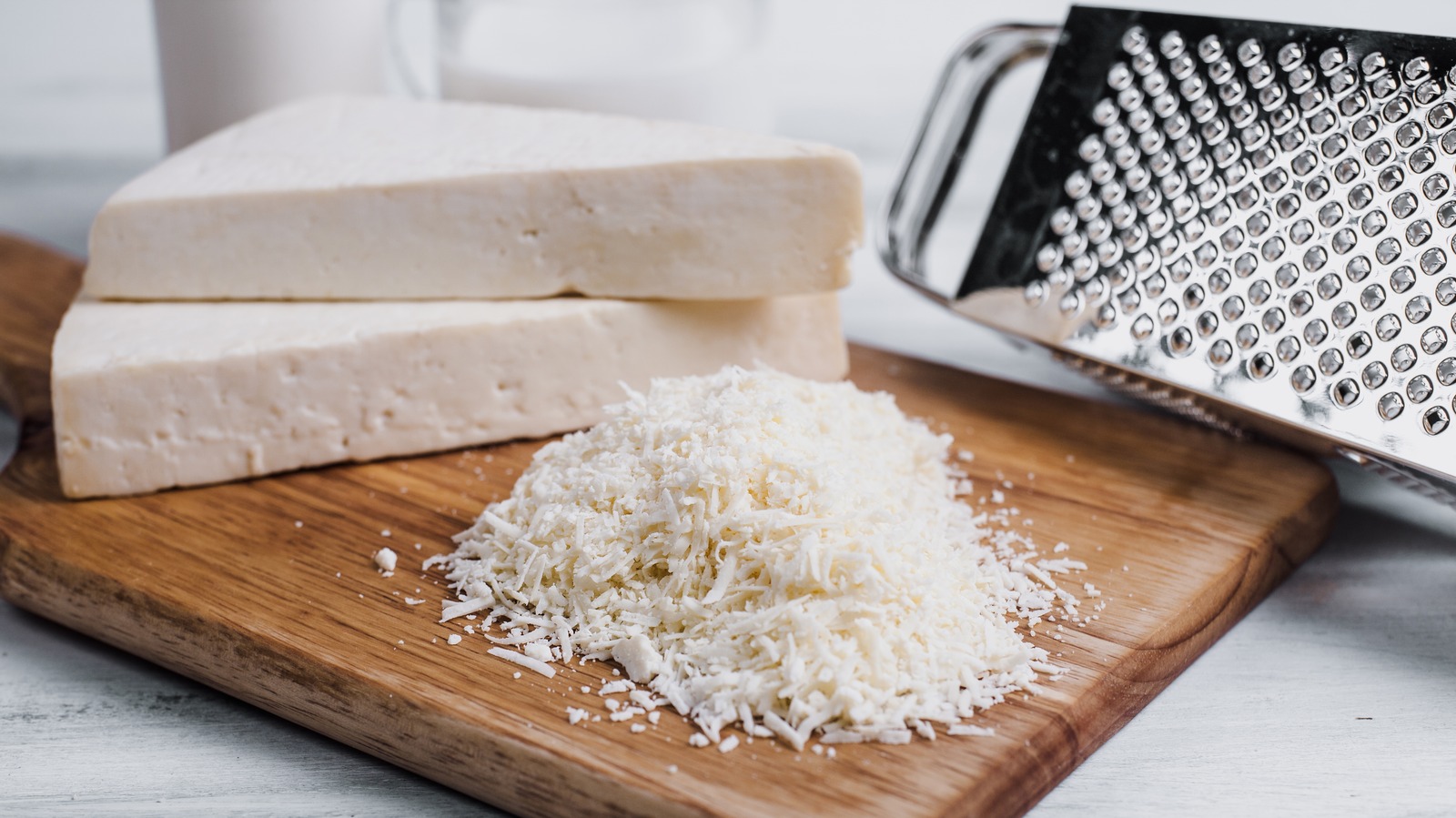
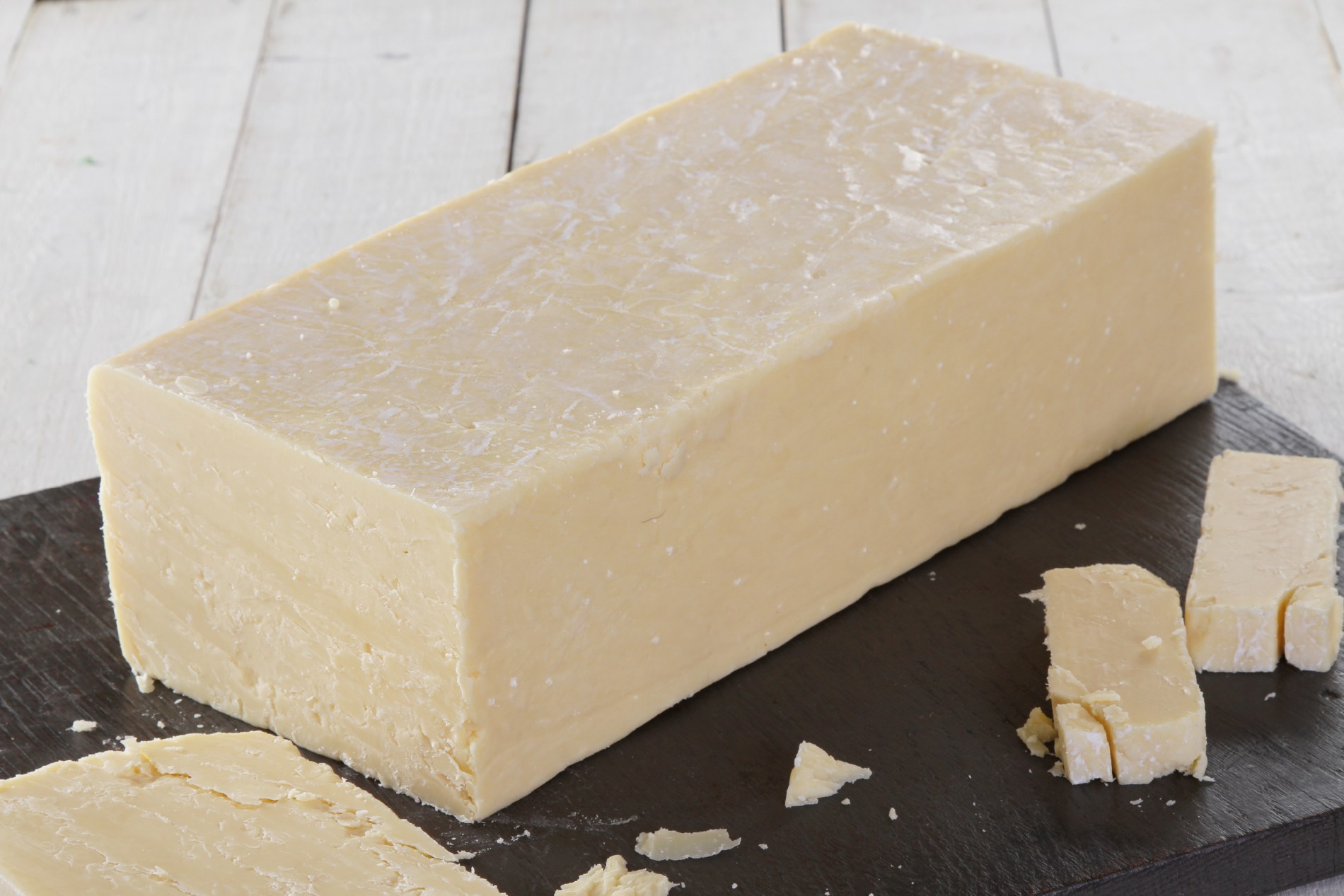





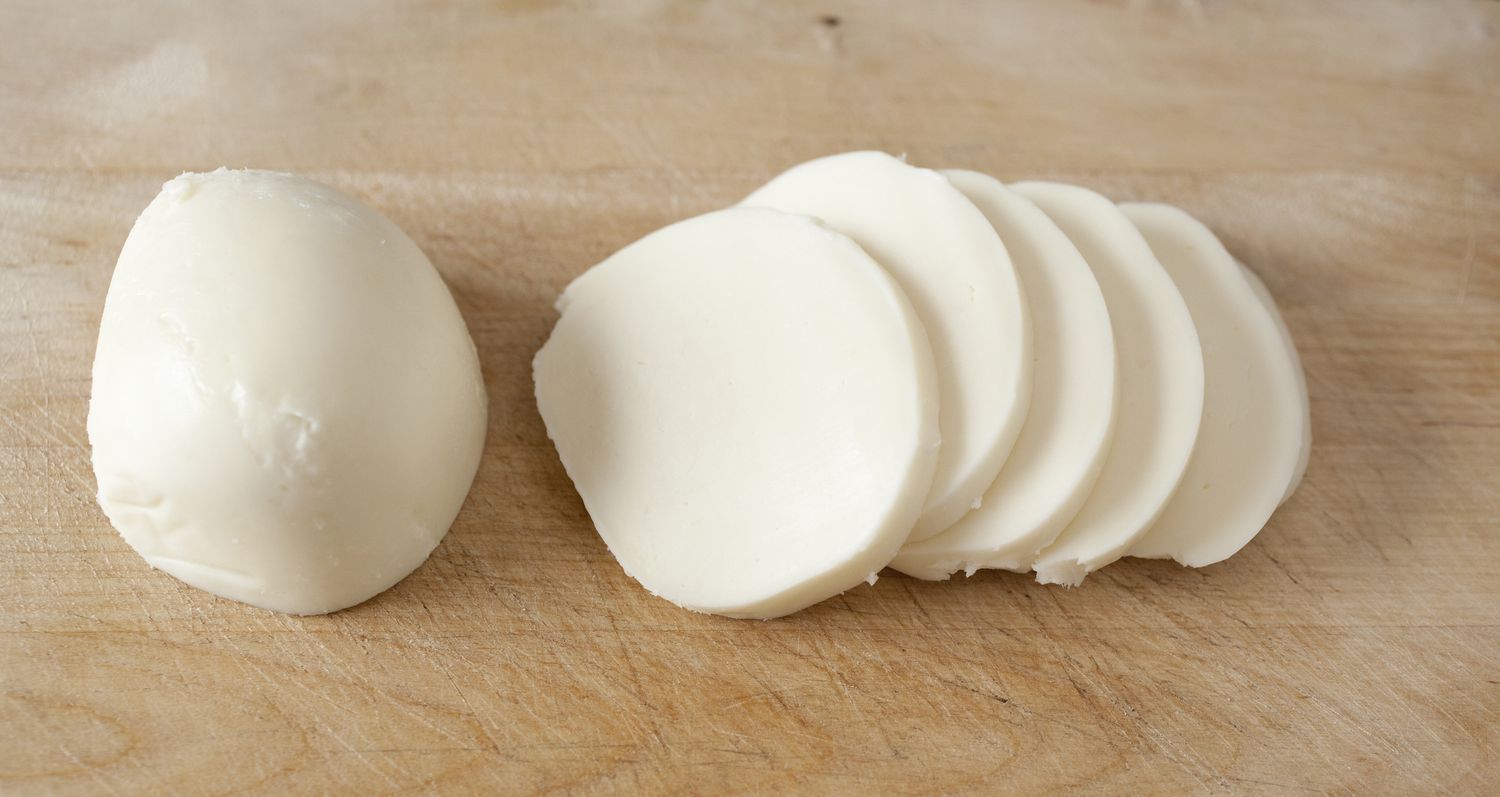

0 thoughts on “How To Store Ricotta Cheese”